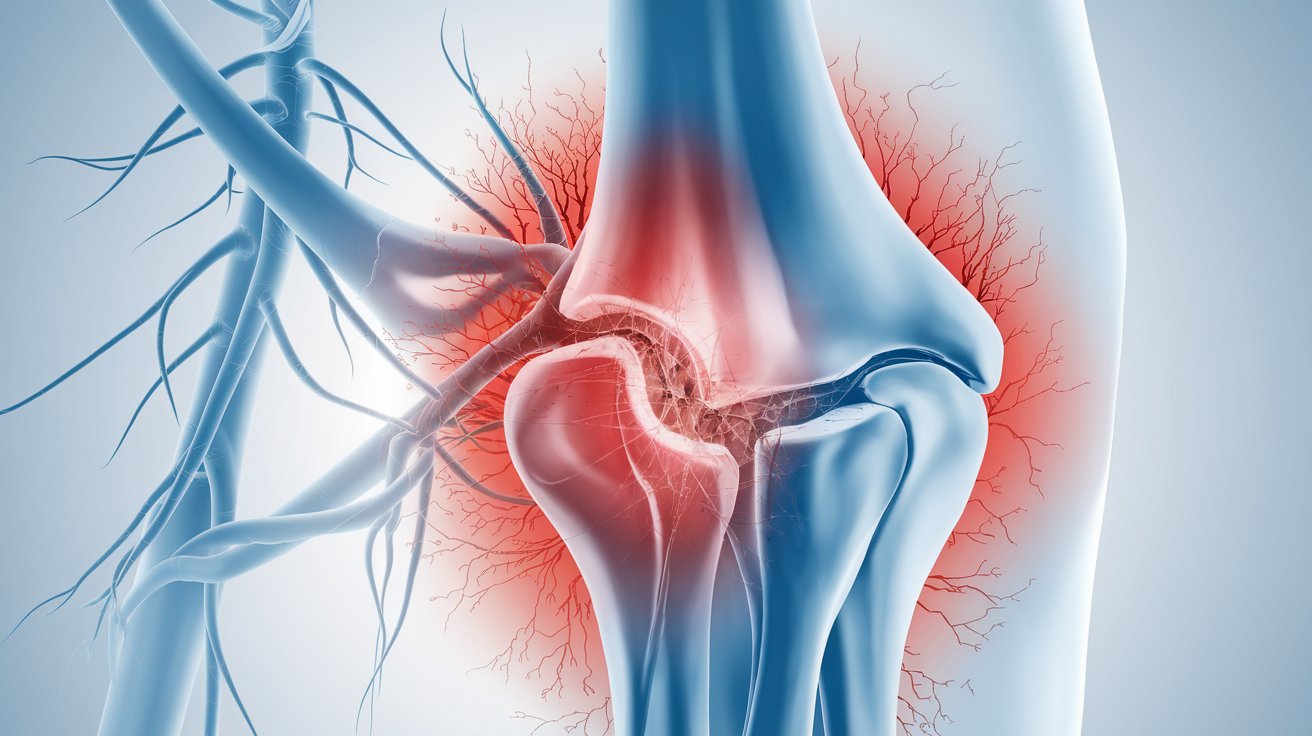
A Stieda fracture might sound like something out of a medical drama, but it’s a real condition that can affect anyone, especially athletes. Named after Ludwig Stieda, a German anatomist, this injury involves a break in the medial femoral condyle, a part of the knee. Wondering how it happens? Often, it’s due to a direct blow or a severe twist of the knee. Symptoms include pain, swelling, and difficulty moving the knee. Treatment usually involves rest, ice, compression, and elevation (RICE), but severe cases might need surgery. Curious about more details? Keep reading to uncover 30 intriguing facts about Stieda fractures that will help you understand this condition better.
Key Takeaways:
- Stieda fractures are rare knee injuries named after a German anatomist. Athletes are more prone to this painful injury, which requires timely medical attention for recovery and rehabilitation.
- Symptoms of a Stieda fracture include severe knee pain, swelling, bruising, limited mobility, and tenderness. Proper diagnosis and treatment options such as rest, physical therapy, and surgery are crucial for recovery.
What is a Stieda Fracture?
A Stieda fracture is a rare injury involving the knee, specifically the medial collateral ligament (MCL). Named after the German anatomist Ludwig Stieda, this fracture can be quite painful and often requires medical attention.
- Named After Ludwig Stieda: The fracture is named after Ludwig Stieda, a German anatomist who first described it in 1908.
- Involves the MCL: This injury specifically affects the medial collateral ligament, one of the key ligaments stabilizing the knee.
- Rare Occurrence: Stieda fractures are relatively rare compared to other knee injuries.
- Common in Athletes: Athletes, especially those involved in contact sports, are more prone to this type of fracture.
- Painful Injury: The fracture can cause significant pain and discomfort, often requiring immediate medical attention.
Symptoms of a Stieda Fracture
Recognizing the symptoms early can help in getting timely treatment. Here are some common signs to look out for.
- Severe Knee Pain: Intense pain around the knee area is a primary symptom.
- Swelling: Swelling around the knee is common and can appear quickly after the injury.
- Bruising: Bruising may develop around the knee, indicating internal bleeding.
- Limited Mobility: Difficulty in moving the knee or walking is often experienced.
- Tenderness: The area around the MCL may be tender to touch.
Causes of a Stieda Fracture
Understanding what leads to a Stieda fracture can help in prevention and awareness.
- Direct Impact: A direct blow to the knee can cause this type of fracture.
- Twisting Motion: Sudden twisting or turning of the knee can lead to a Stieda fracture.
- Sports Injuries: Contact sports like football, rugby, and hockey are common culprits.
- Falls: Falling awkwardly on the knee can result in this injury.
- Accidents: Car accidents or other traumatic events can also cause a Stieda fracture.
Diagnosis of a Stieda Fracture
Proper diagnosis is crucial for effective treatment. Here’s how doctors typically identify this injury.
- Physical Examination: Initial diagnosis often involves a thorough physical examination.
- X-Rays: X-rays are commonly used to confirm the presence of a fracture.
- MRI Scans: MRI scans can provide detailed images of the knee, helping to assess ligament damage.
- CT Scans: In some cases, CT scans may be used for a more detailed view.
- Ultrasound: Ultrasound imaging can also be helpful in diagnosing soft tissue injuries.
Treatment Options for a Stieda Fracture
Treatment varies depending on the severity of the fracture. Here are some common methods.
- Rest and Ice: Initial treatment often involves rest and applying ice to reduce swelling.
- Pain Medication: Over-the-counter pain relievers can help manage pain.
- Physical Therapy: Physical therapy is crucial for regaining strength and mobility.
- Bracing: Knee braces may be used to stabilize the knee during recovery.
- Surgery: In severe cases, surgery may be required to repair the ligament and bone.
Recovery and Rehabilitation
Recovery from a Stieda fracture can take time. Here’s what to expect during the rehabilitation process.
- Gradual Progress: Recovery is usually gradual, with improvements over weeks to months.
- Physical Therapy Sessions: Regular physical therapy sessions are essential for a full recovery.
- Strengthening Exercises: Specific exercises help strengthen the knee and prevent future injuries.
- Follow-Up Appointments: Regular follow-up appointments with a doctor ensure proper healing.
- Patience is Key: Patience and adherence to the treatment plan are crucial for a successful recovery.
Final Thoughts on Stieda Fracture
Stieda fractures, though rare, can significantly impact mobility and quality of life. Understanding the symptoms, causes, and treatment options is crucial for anyone dealing with this injury. Early diagnosis and proper medical care can make a world of difference in recovery. If you suspect a Stieda fracture, consult a healthcare professional immediately. Ignoring the pain or delaying treatment can lead to complications. Physical therapy often plays a key role in regaining strength and flexibility. Remember, every injury is unique, so personalized care is essential. Stay informed, listen to your body, and don't hesitate to seek help when needed. Knowledge is power, especially when it comes to your health. Stay proactive, and you'll be back on your feet in no time.
Frequently Asked Questions
Was this page helpful?
Our commitment to delivering trustworthy and engaging content is at the heart of what we do. Each fact on our site is contributed by real users like you, bringing a wealth of diverse insights and information. To ensure the highest standards of accuracy and reliability, our dedicated editors meticulously review each submission. This process guarantees that the facts we share are not only fascinating but also credible. Trust in our commitment to quality and authenticity as you explore and learn with us.
